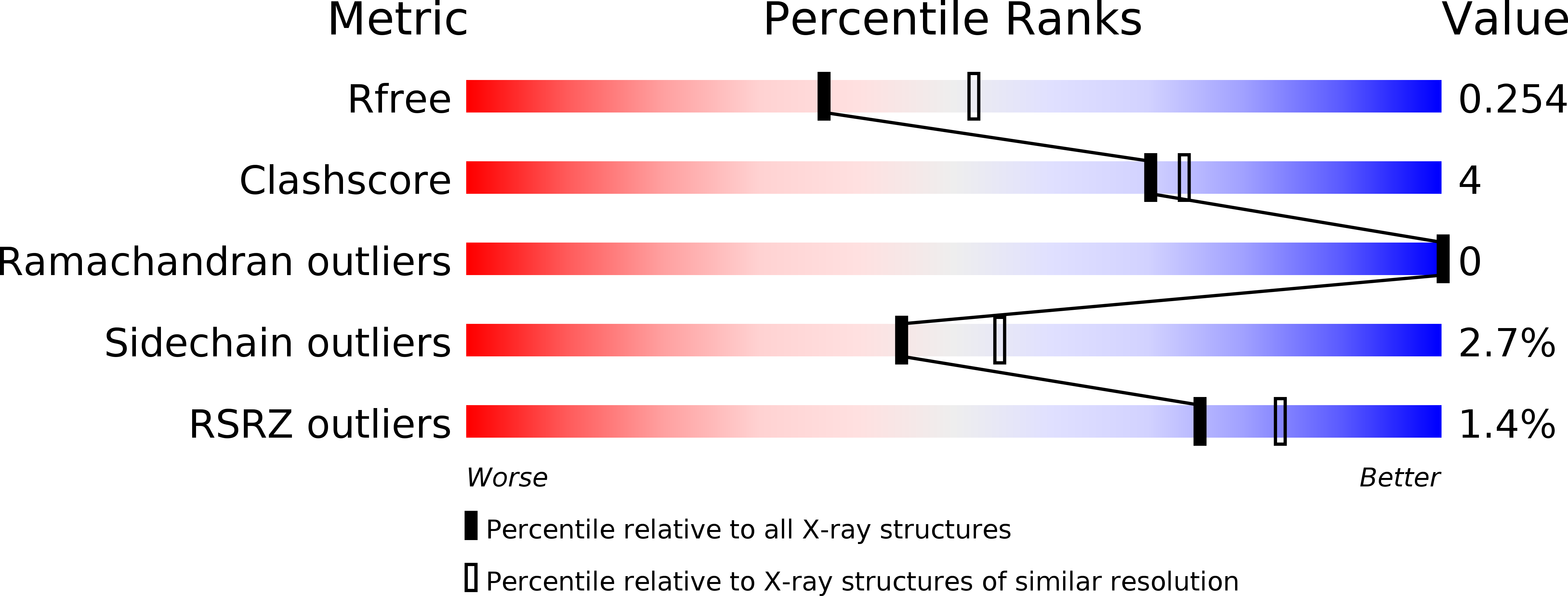
Deposition Date
2015-02-26
Release Date
2015-09-16
Last Version Date
2024-11-20
Entry Detail
PDB ID:
4YGY
Keywords:
Title:
Crystal Structure of Human Scp1 bound to trans-proline peptidomimetic CTD phospho-Ser5 peptide
Biological Source:
Source Organism:
Homo sapiens (Taxon ID: 9606)
synthetic construct (Taxon ID: 32630)
synthetic construct (Taxon ID: 32630)
Host Organism:
Method Details:
Experimental Method:
Resolution:
2.36 Å
R-Value Free:
0.24
R-Value Work:
0.18
R-Value Observed:
0.18
Space Group:
C 1 2 1


